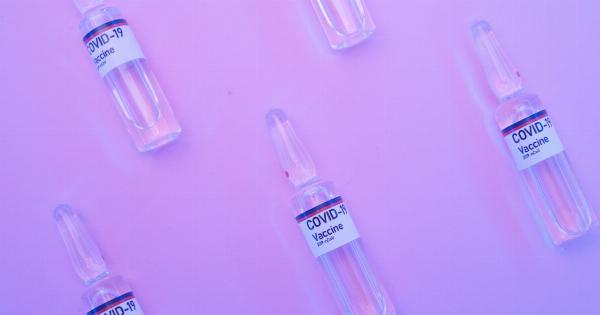Keratoconus is a progressive eye disease that affects the structure of the cornea, causing it to become thinner and more conical in shape over time. This can result in blurry vision, sensitivity to light, and increased astigmatism.
Traditionally, the treatment options for keratoconus have been limited to glasses, contact lenses, or corneal transplants. However, a new radical treatment has recently emerged that has the potential to be a game-changer for patients with this condition.
Understanding Keratoconus
Before delving into the innovative treatment, it’s essential to understand the nature of keratoconus. The cornea, the transparent front cover of the eye, should typically have a round shape.
In keratoconus, however, the cornea weakens and bulges into a cone-like shape, progressively distorting vision. This condition usually develops during the teenage years and may worsen over time.
Traditional Treatment Options
For many years, the primary treatment methods for keratoconus included:.
- Glasses: In the early stages of keratoconus, glasses might be sufficient to correct mild visual impairment. However, as the condition progresses, glasses become less effective.
- Contact Lenses: Rigid gas permeable (RGP) contact lenses have been a common choice to correct vision in keratoconus patients. These lenses help create a smoother front surface for the cornea, improving vision. Nevertheless, fitting and adapting to RGP lenses can be challenging for some individuals.
- Corneal Transplants: In severe cases where glasses or contact lenses no longer provide adequate vision improvement, corneal transplant surgery may be necessary. This procedure involves replacing the diseased cornea with a healthy donor cornea. Although effective, corneal transplants are invasive surgeries with potential complications.
A Breakthrough Treatment: Corneal Collagen Cross-Linking
Corneal collagen cross-linking (CXL) is the revolutionary treatment that holds promise for keratoconus patients. This procedure aims to halt the progression of the disease by strengthening the cornea and improving its stability.
The CXL procedure involves the following steps:.
- Riboflavin Drops: The treatment begins by applying riboflavin eye drops to the cornea. Riboflavin, also known as vitamin B2, increases the cornea’s ability to absorb ultraviolet (UV) light.
- UV Light Exposure: After the application of riboflavin drops, the cornea is exposed to a specific wavelength of UV light. This activates the riboflavin, initiating a process that leads to cross-linking or strengthening of collagen fibers in the cornea.
- Recovery: Following the UV light exposure, the patient’s eye is protected with a bandage contact lens to facilitate healing. The cornea gradually becomes stronger over time.
The Benefits of Corneal Collagen Cross-Linking
The introduction of corneal collagen cross-linking has opened doors to numerous benefits for keratoconus patients. Some advantages of this treatment include:.
- Halting Disease Progression: By strengthening the cornea, CXL can help slow down or halt the progression of keratoconus. This prevents further deterioration of vision, potentially avoiding the need for invasive surgeries such as corneal transplants.
- Non-Invasive: Unlike corneal transplants, which involve surgical intervention and a prolonged recovery period, CXL is a non-invasive procedure that can be performed in an outpatient setting. Patients experience minimal discomfort and can resume their daily activities relatively quickly.
- No Need for Donor Corneas: Corneal transplants require healthy donor corneas, which may have limited availability. With CXL, there is no need for donor tissue, increasing accessibility and reducing the waiting time for treatment.
- Potential Longevity of Results: The effects of CXL are intended to be long-lasting, potentially providing years of stability for the cornea.
Patient Selection for Corneal Collagen Cross-Linking
Although corneal collagen cross-linking shows tremendous promise, it may not be suitable for all keratoconus patients. Factors that can influence patient selection for this treatment include:.
- Disease Progression: CXL is most effective in patients with progressive keratoconus. Individuals with stable keratoconus or advanced corneal thinning may not be ideal candidates for this treatment.
- Corneal Thickness: The thickness of the cornea plays a crucial role in determining eligibility for CXL. Extremely thin corneas may not withstand the procedure, increasing the risk of complications.
- General Eye Health: Patients with other underlying eye conditions or infections may not be suitable candidates for CXL.
Conclusion
Corneal collagen cross-linking has emerged as a groundbreaking treatment for keratoconus. By strengthening the cornea and halting disease progression, this procedure offers a potential game-changer for patients facing this challenging condition.
With its non-invasive nature and potential long-lasting results, CXL provides hope for improved vision and a better quality of life for those affected by keratoconus.






























